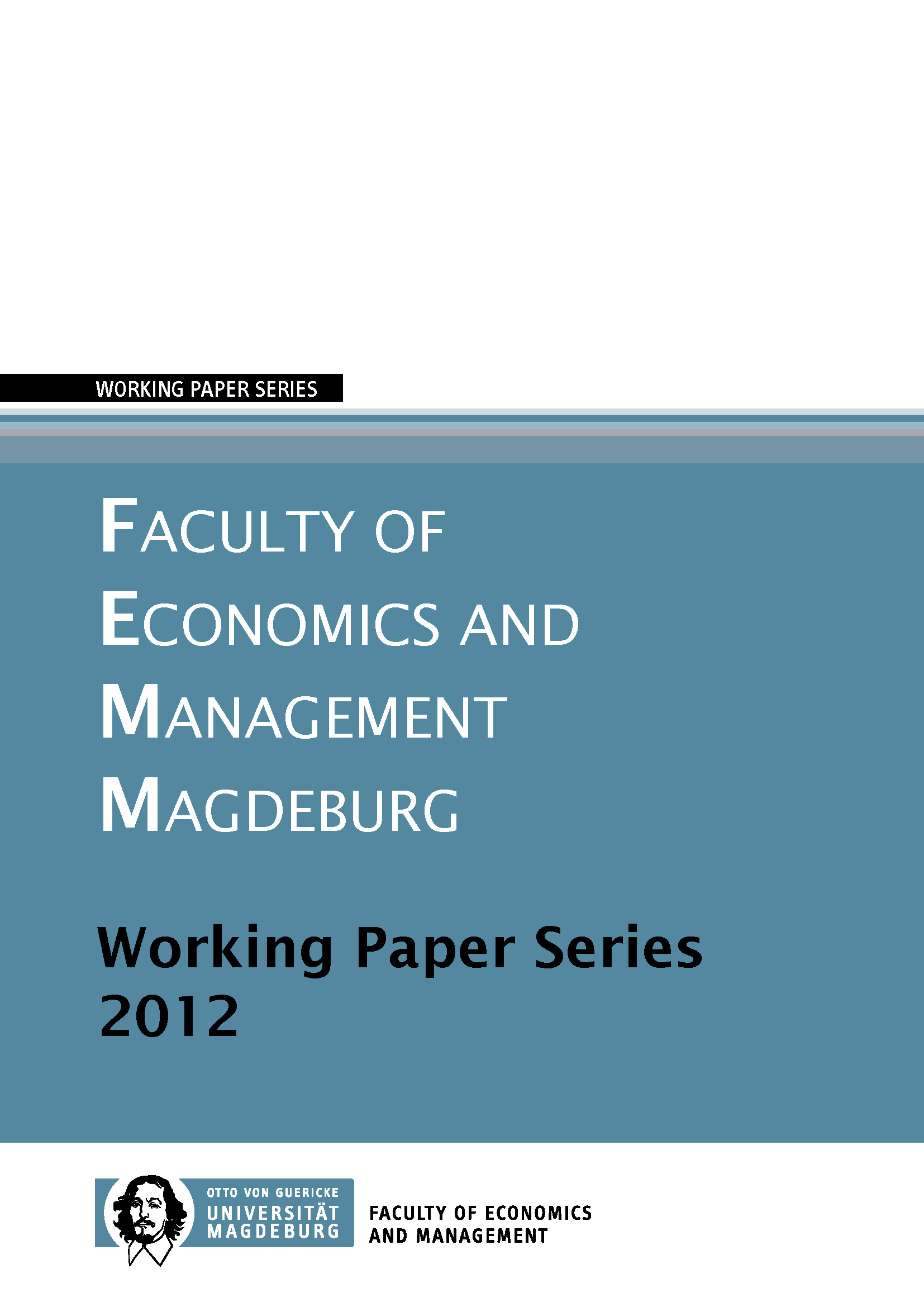Do people have a preference for increasing or decreasing pain?
An experimental comparison of psychological and economic measures in health related decision making
DOI:
https://doi.org/10.24352/UB.OVGU-2018-484Schlagworte:
pain, peak-end-rule, willingness-to-payAbstract
This paper investigates preferences for different health profiles, especially sequences of increasing and decreasing pain. We test conflicting predictions in terms of preferences over two painful sequences. The QALY concept relevant for the determination of different levels of health-related quality of life implies indifference, whereas behavioral theories find preferences related to ordering, following the peak-end-rule. Using an experimental design with real consequences we generate decisions about painful sequences induced by the cold pressor test. The results are compared with hypothetical choice data elicited using standard methods. We find that hypothetical methods reveal decisions in line with the peak-end-rule. However when it comes to real consequences of their decisions, subjects are on average not willing to pay for that preference.


